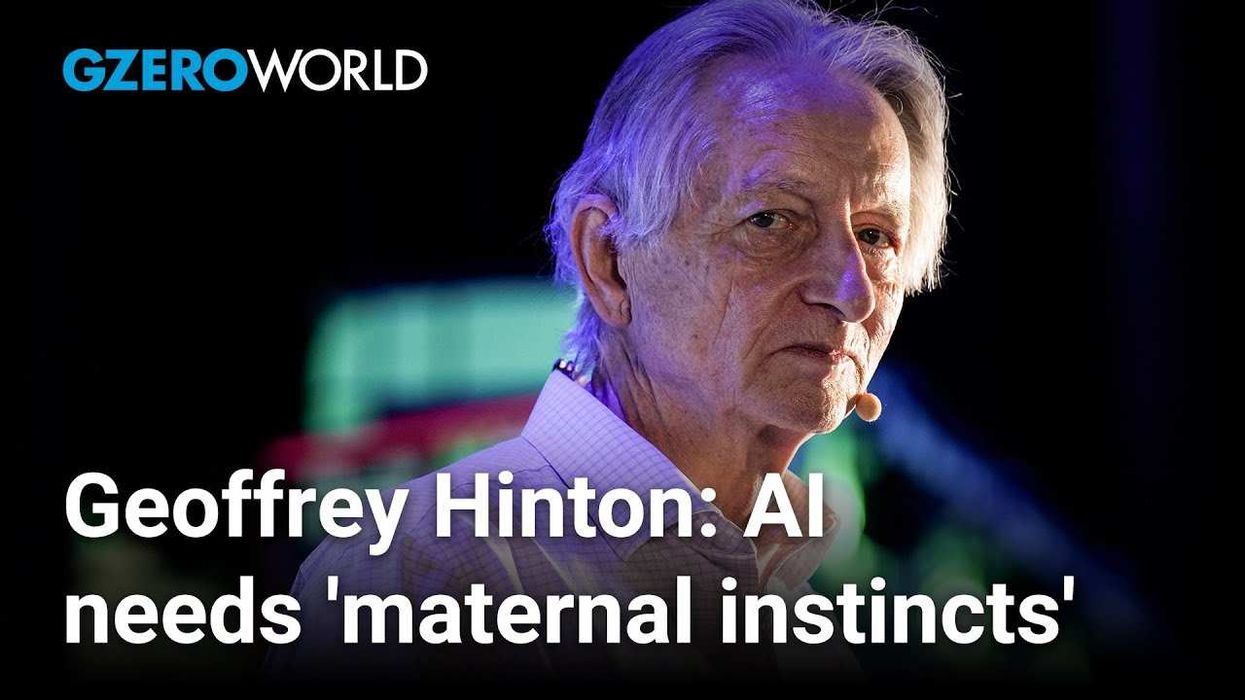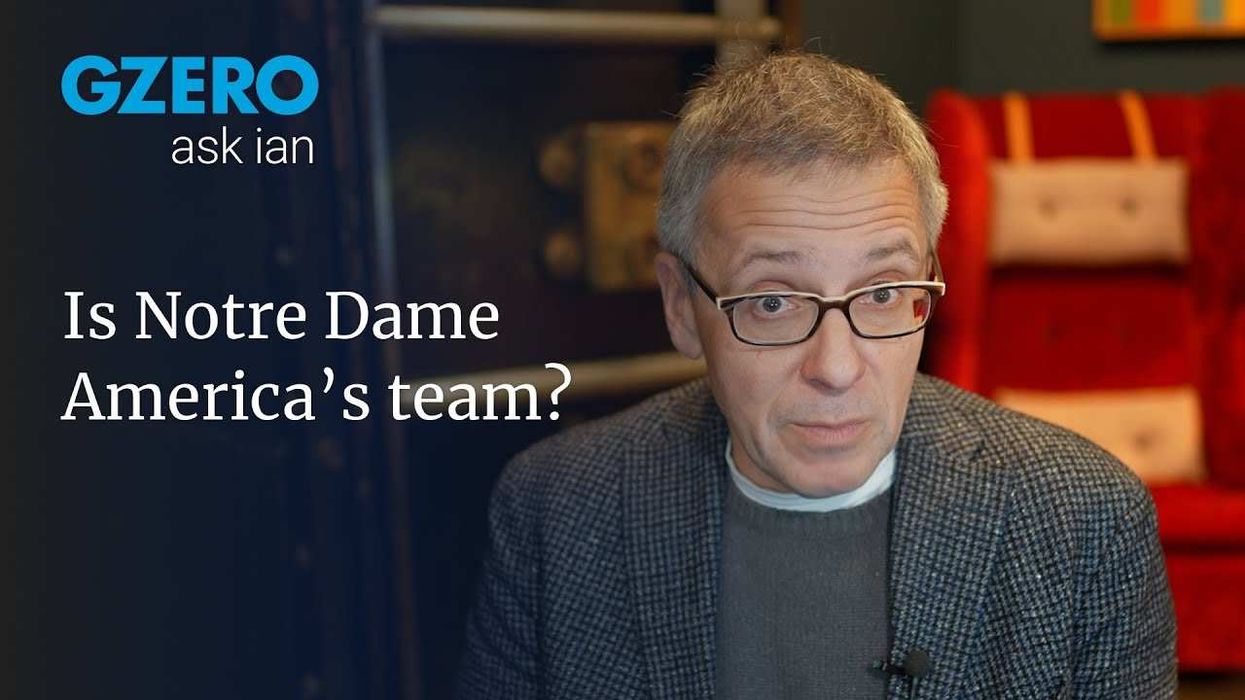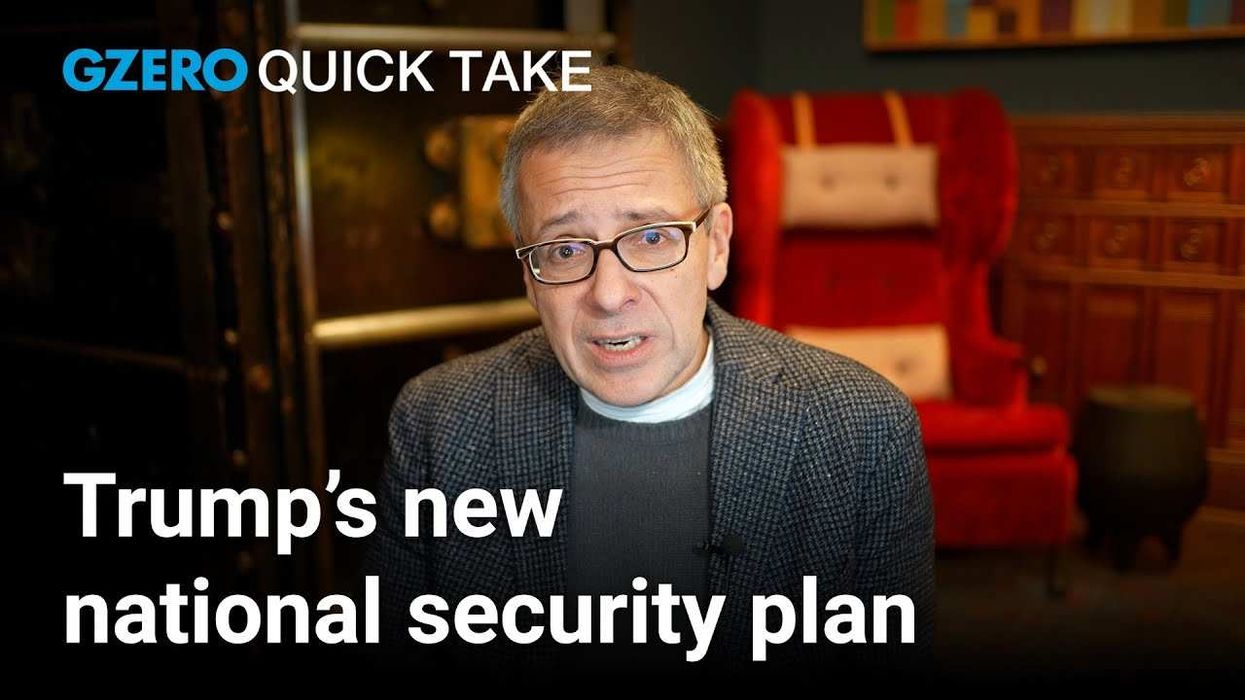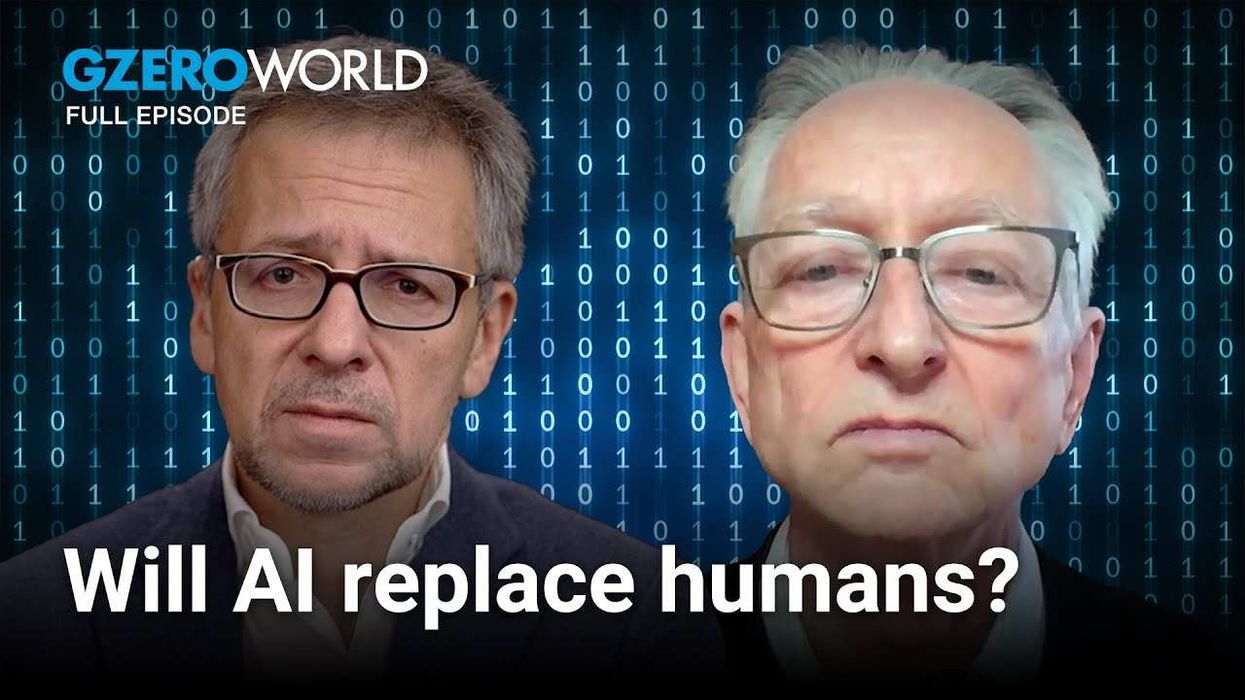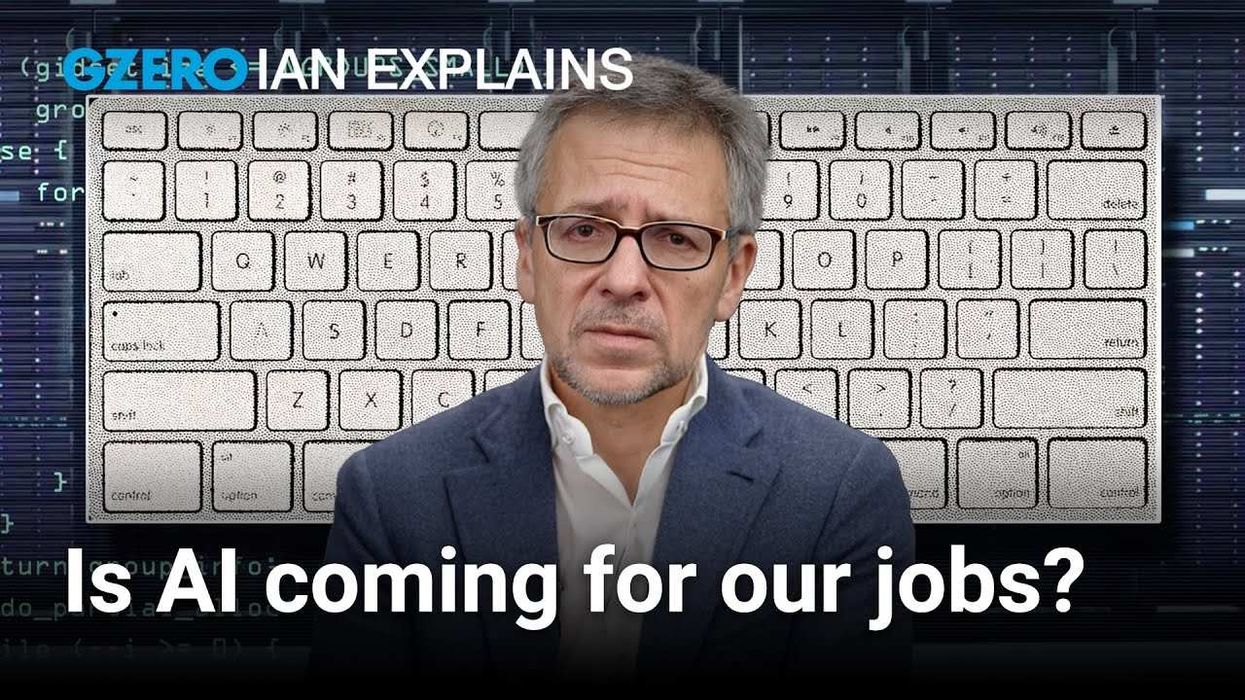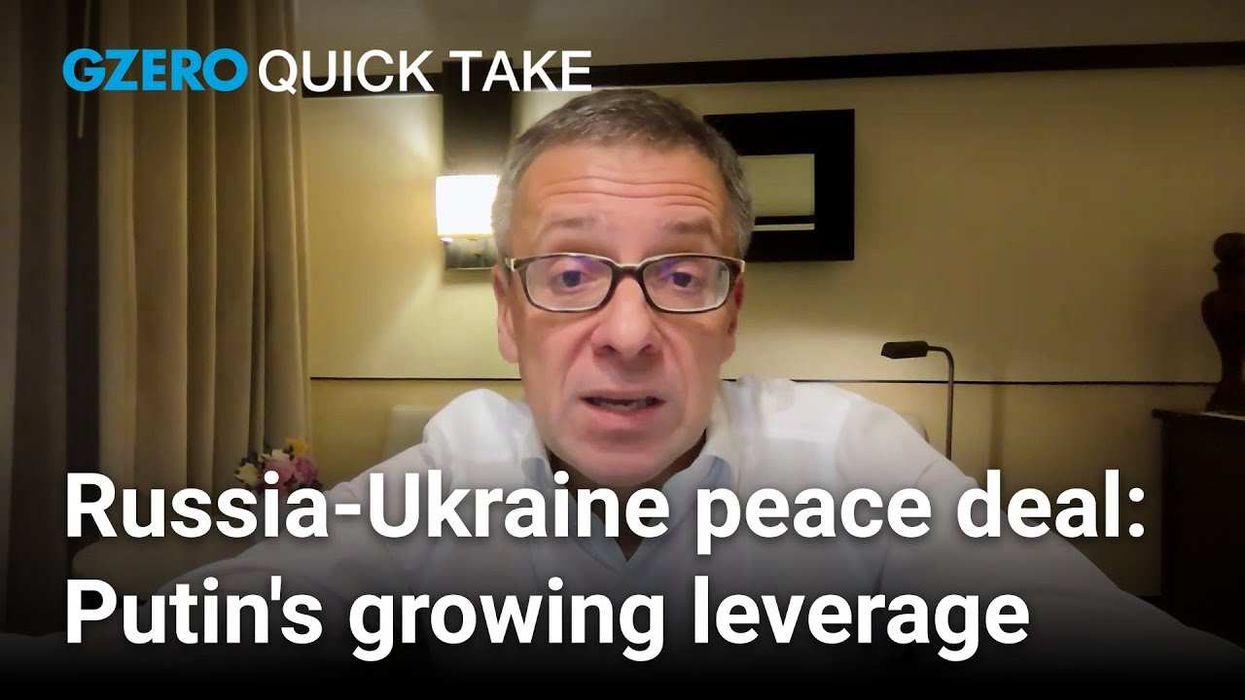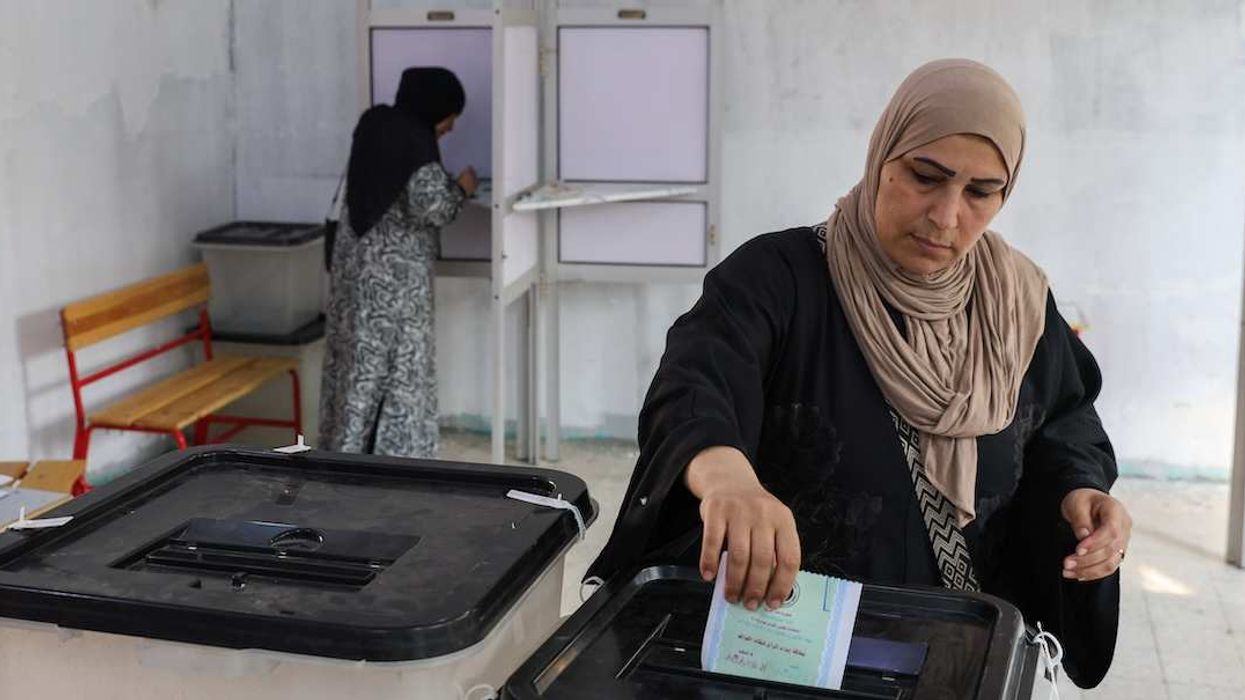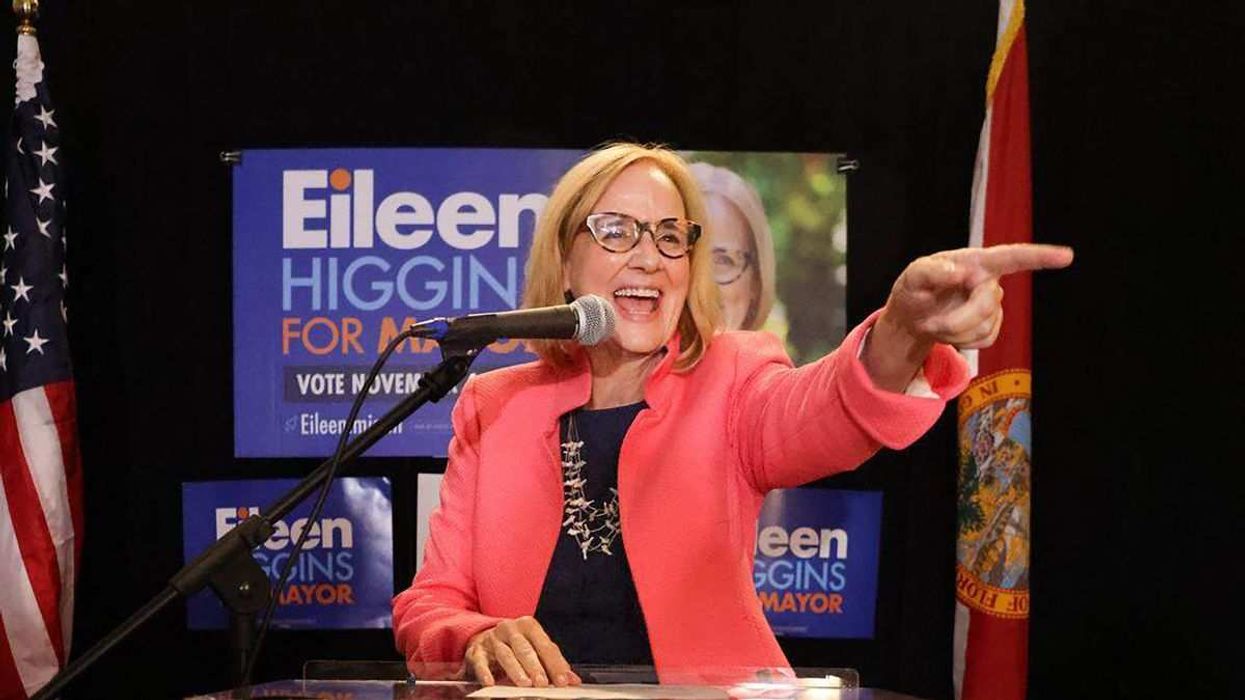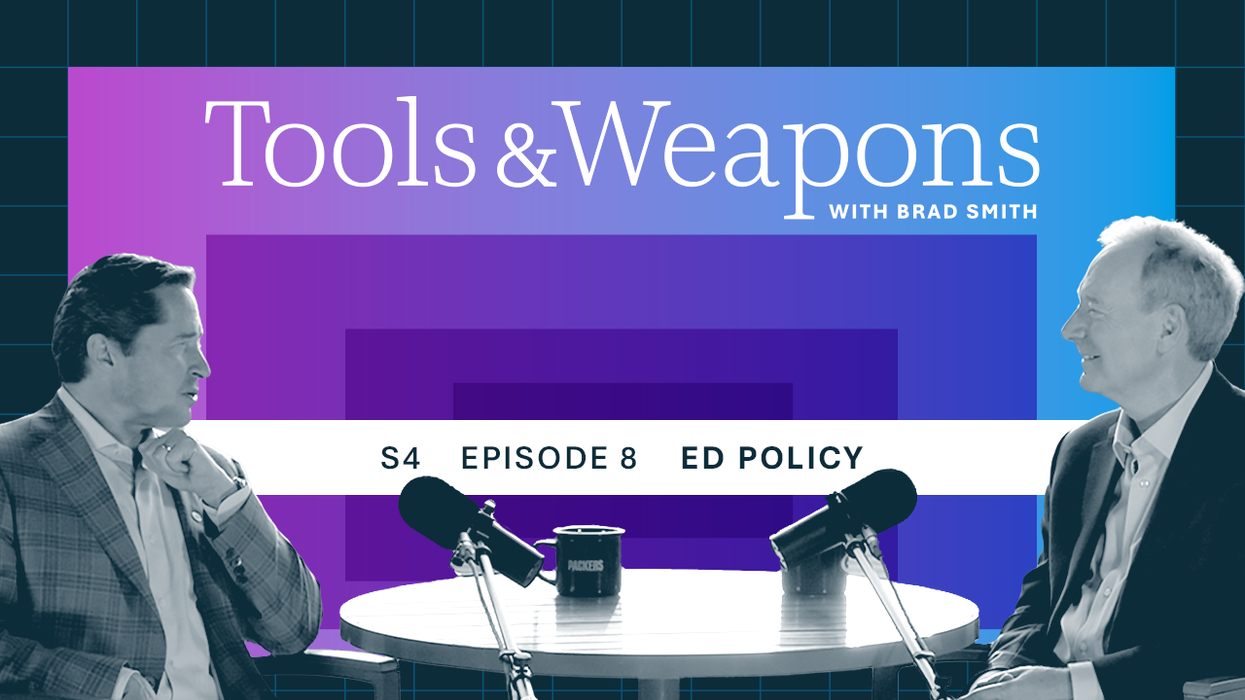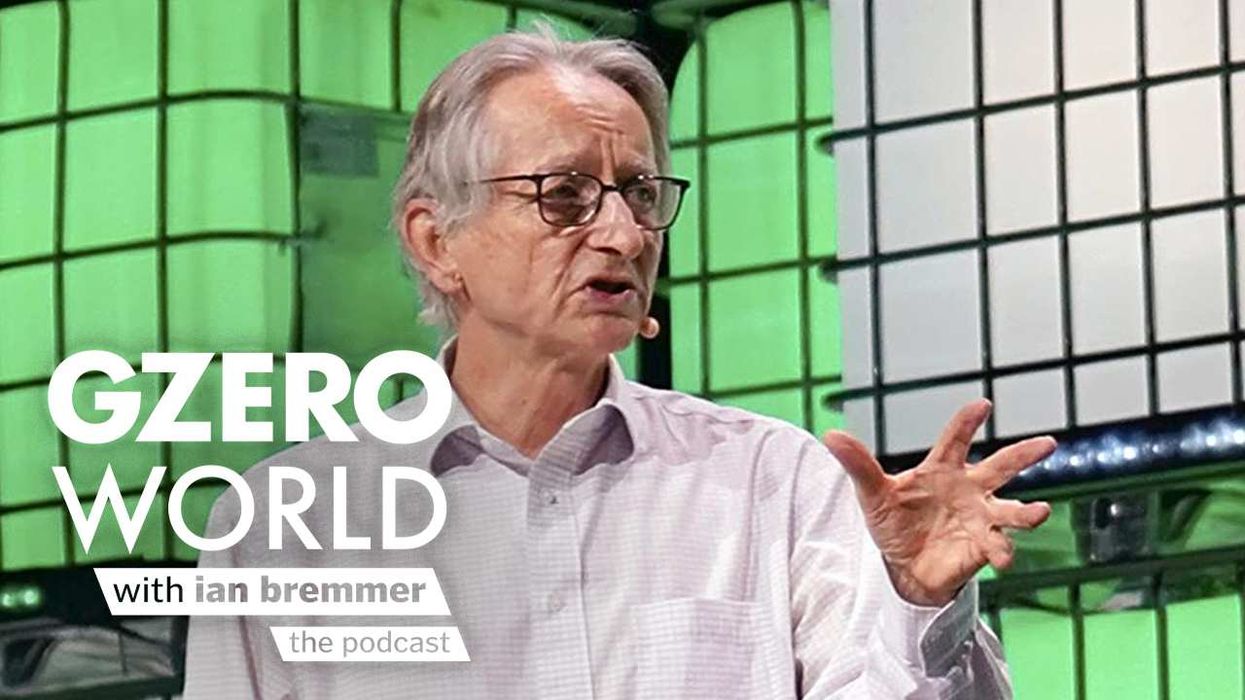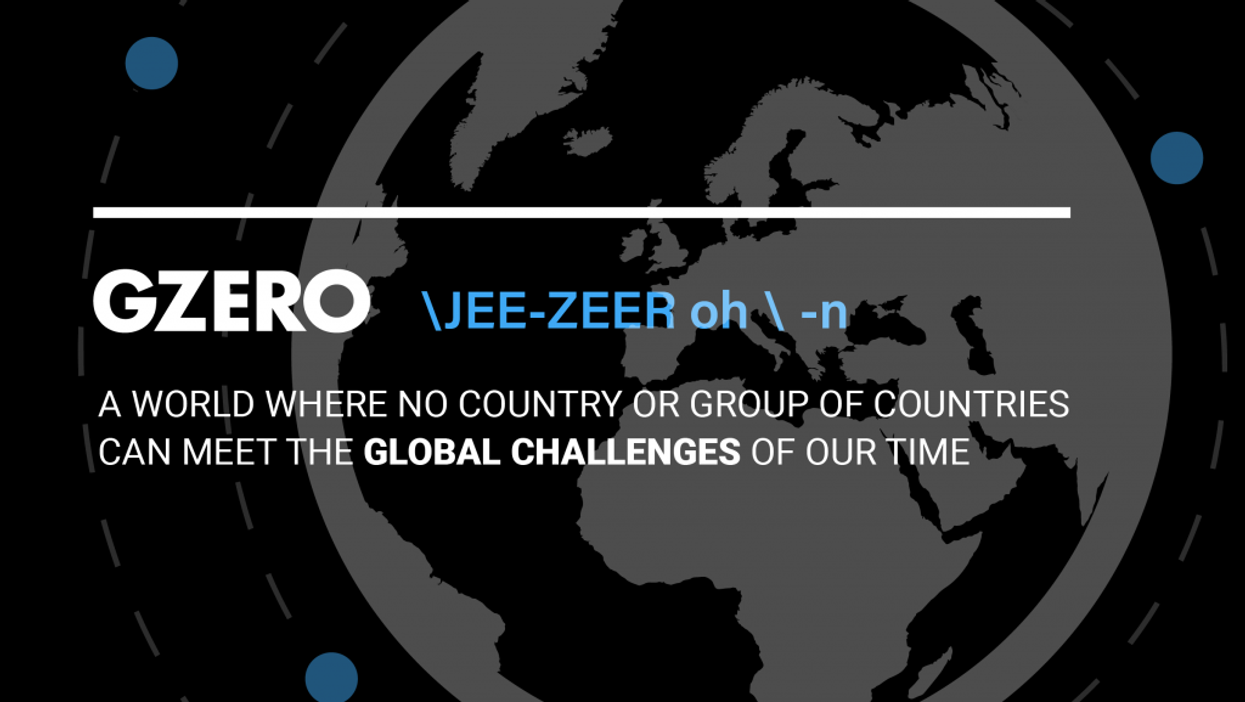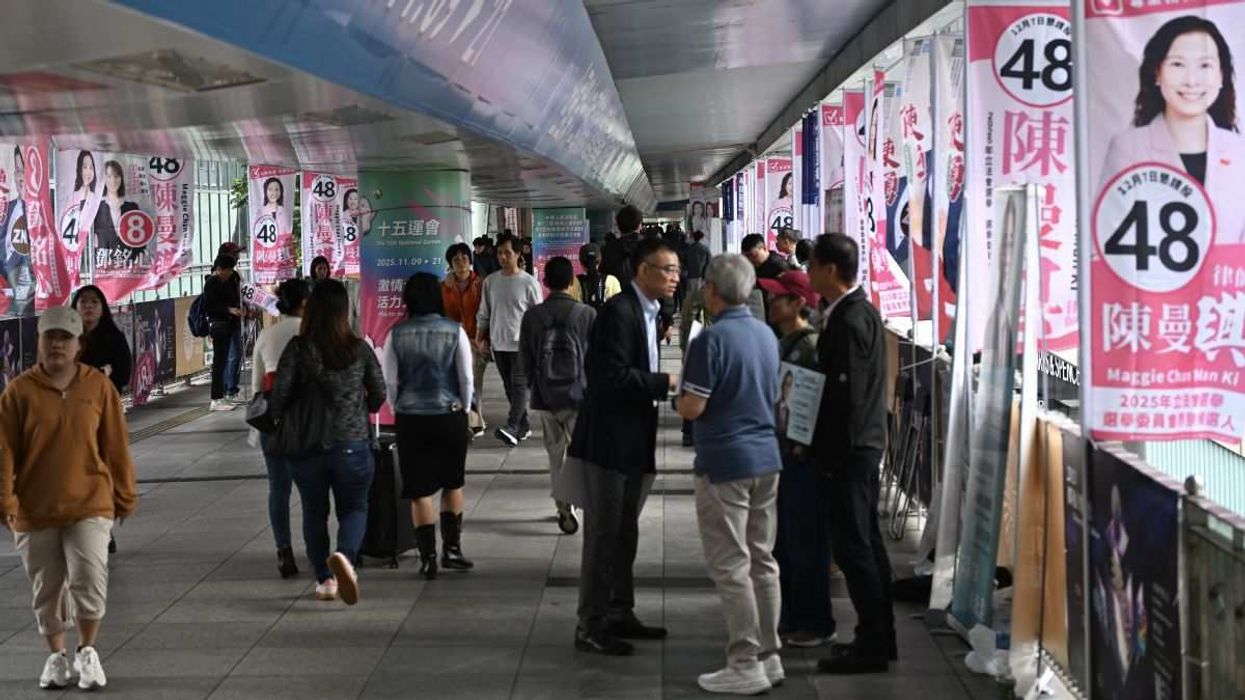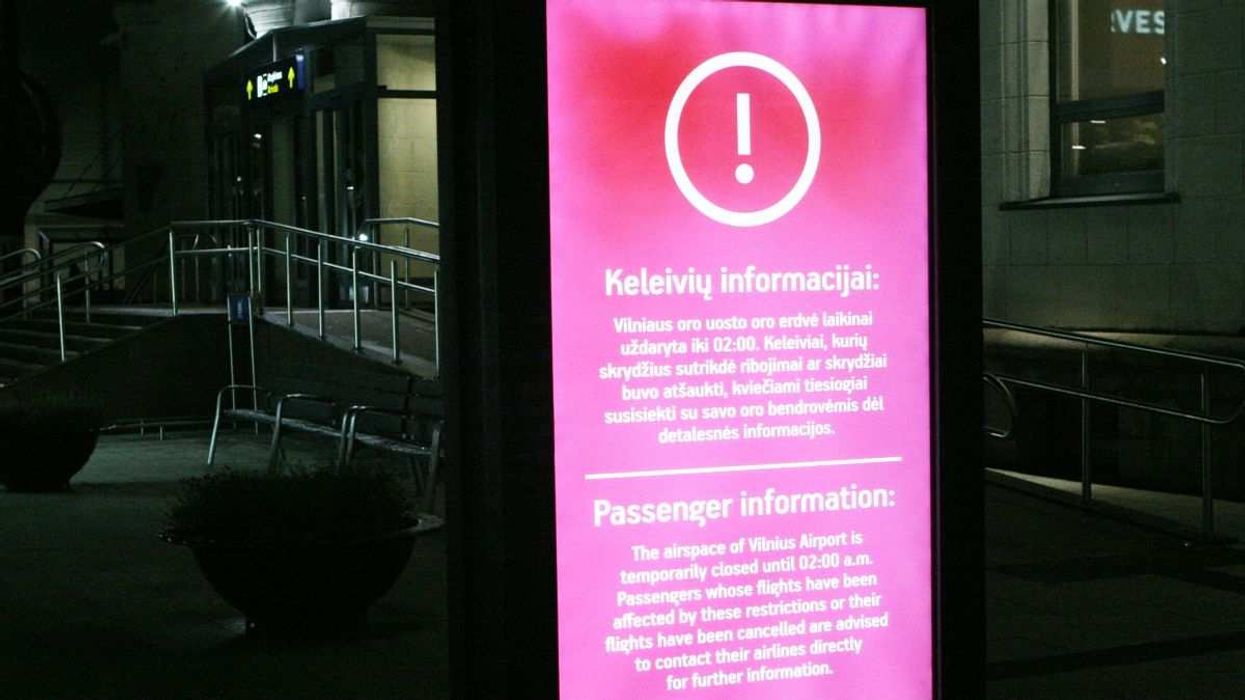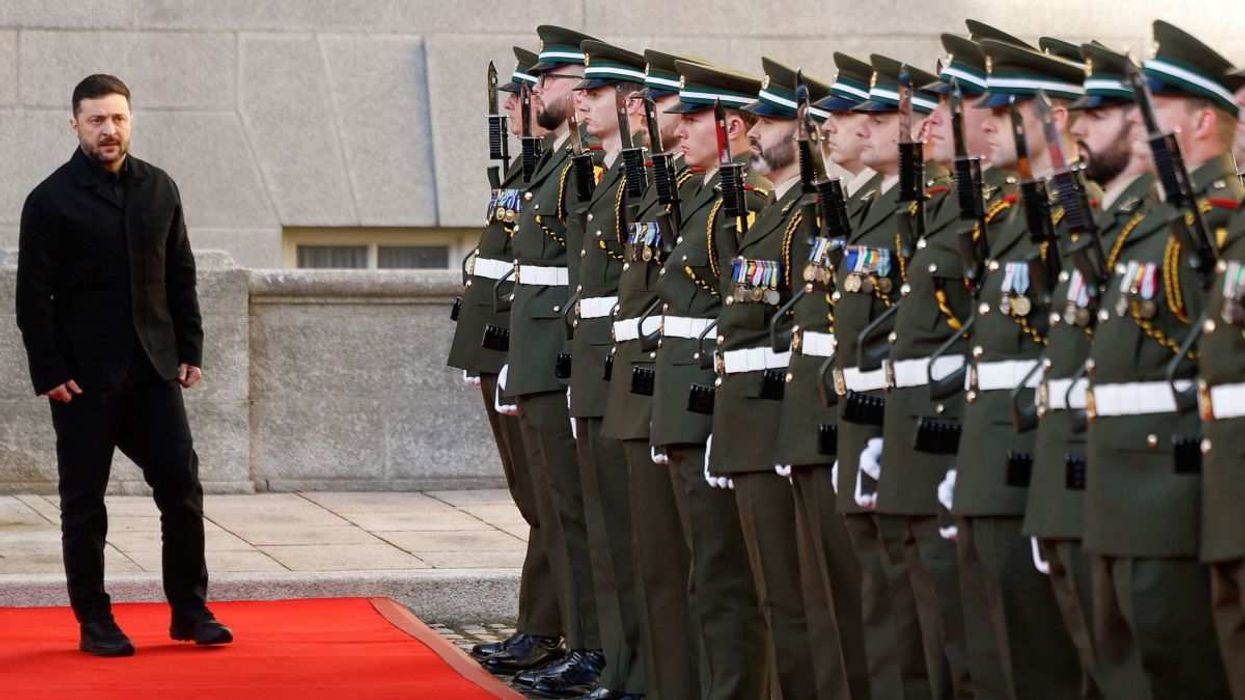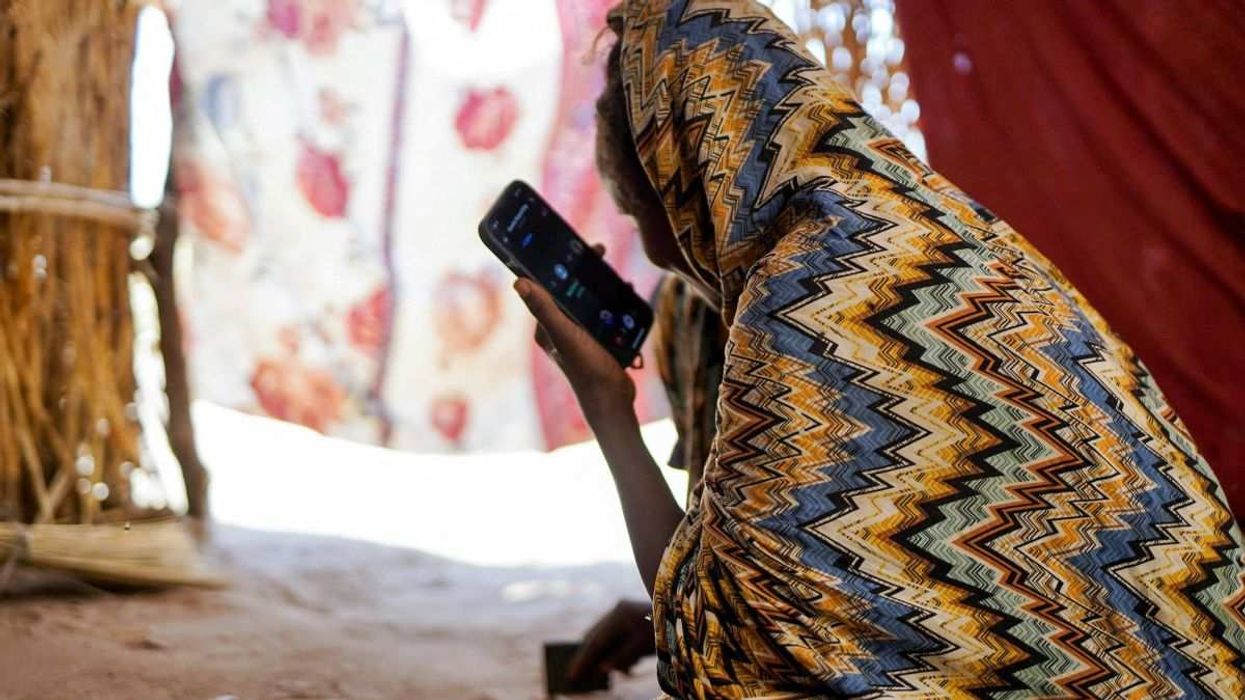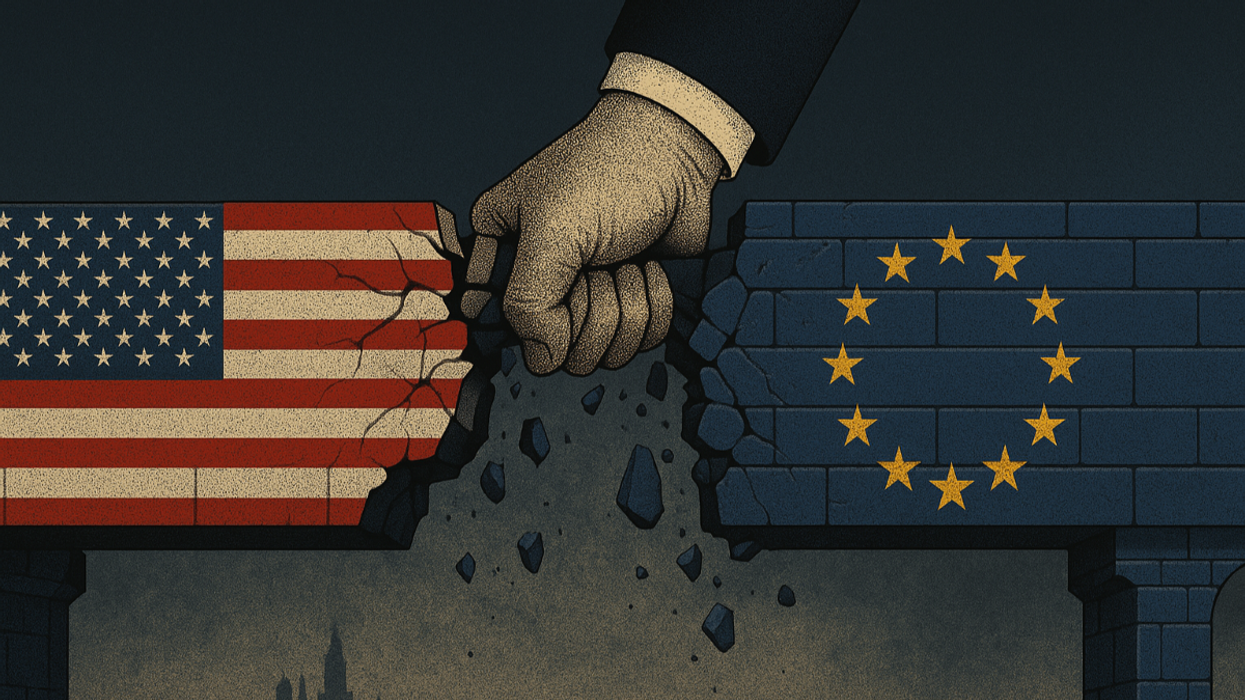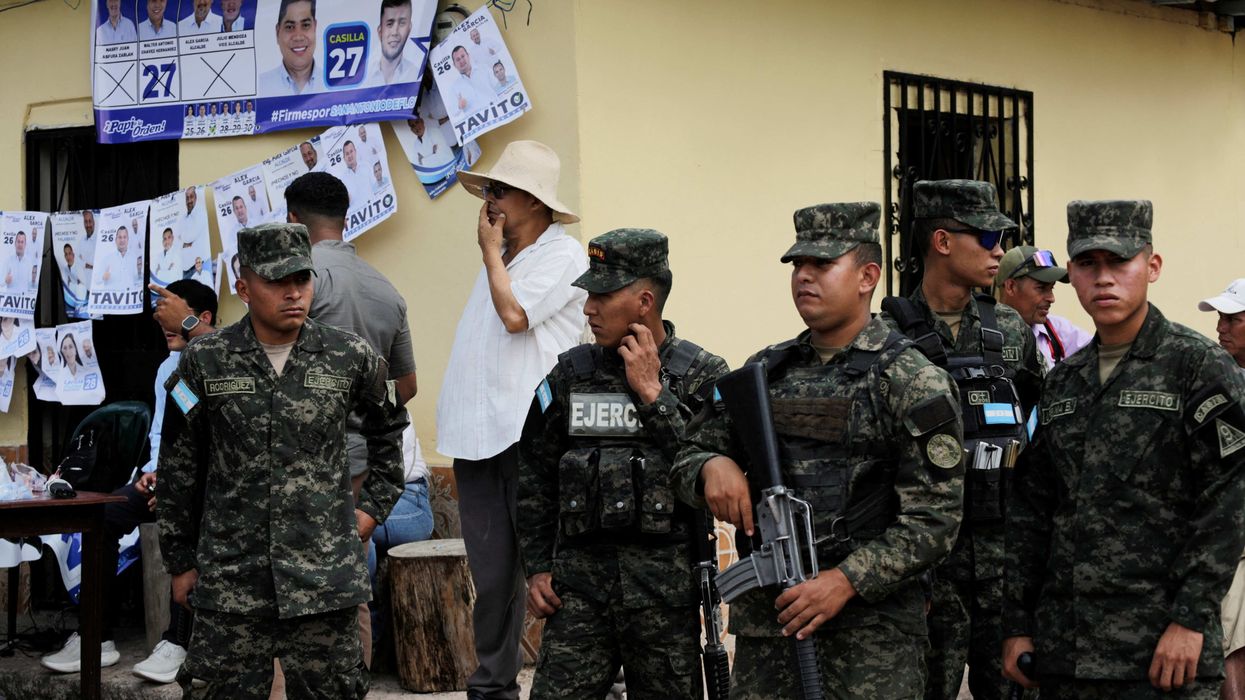US President Donald Trump kicked off his five-day trip to Asia by signing a raft of trade deals on Sunday with Malaysia, Cambodia, Thailand and Vietnam at the Association of Southeast Asian Nations (ASEAN) summit in Kuala Lumpur. Next, Trump heads to Japan to meet newly-elected Prime Minister Sanae Takaichi Tuesday morning, before sitting down with Chinese President Xi Jinping in South Korea on Thursday. What should we make of Trump’s trip so far, and what can we expect in the week to come?
Deals! Deals! Deals! In Kuala Lumpur, Trump reached agreements that promise to eliminate tariffs on roughly 99% of goods with Thailand, reduce Washington’s $123-billion trade deficit with Vietnam, and secure Malaysia’s agreement not to restrict rare-earth exports to the US. Simultaneously, delegates from the US and China met on the sidelines, producing a preliminary framework for a deal that could pause new American tariffs and Chinese export controls, in preparation for Trump’s meeting with Xi on Thursday.
Tuesday with Takaichi. Next, Trump meets Takaichi, who took office last week. The new Japanese PM is known as a China hawk and has promised to ramp up defense spending to 2% of GDP two years ahead of schedule, which should please Trump. But she also must follow through on her predecessor’s pledge to funnel $550 billion worth of investment into the US by 2030. Japan is reportedly prepared to offer sweeteners to Trump in the form of increased purchases of US soybeans and trucks. The two countries are also set to sign an agreement to cooperate on advanced technologies including AI, quantum computing, and nuclear fusion.
The main event: Trump and Xi. The leaders of the world’s two largest economies will seek to ease a deepening trade war without ceding ground on critical priorities.
According to David Meale, Eurasia Group’s Practice Head for China, the two sides are looking to find a path between each other’s pain points. “In particular, critical minerals need to flow from China to keep advanced industries in the US and elsewhere operating, and certain technologies (especially advanced chips) need to be available to China for its development of emerging technology sectors that are central to its economic blueprint going forward.”
While full details of the Oct. 26 framework are not yet available, both sides aim to make progress on key issues. Trump wants better cooperation from Beijing on stopping the export of fentanyl precursors, as well as further commitments from China to buy US goods, especially agricultural products. Xi, meanwhile, wants to head off Trump’s threats to raise tariffs further and impose fresh export controls on US software exports. And both sides seek a “a final deal” on the sale of TikTok’s operations in the US.
Potential pitfalls. Trump has said he will raise the contentious questions of Taiwanese independence — which the US has implicitly supported despite longstanding Chinese objections — and possibly the detention of Hong Kong media mogul and activist Jimmy Lai. Florida Senator Rick Scott published an open letter urging Trump to press Xi for Lai’s release, and a group of Catholic bishops also has urged his freedom. Lai, who converted to Catholicism in 1997, has become a symbol of Hong Kong’s resistance.
Nonetheless, Meale expects that the meeting will strike a positive tone, due to the respect shown by the two leaders to each other. “Chinese officials believe President Trump is someone with which they can chart a course forward,” he says, “because he is pragmatic and demonstrates respect to President Xi.”
Postscript in Pyongyang? Trump mused this morning about the possibility of extending his trip to meet with North Korean leader Kim Jong Un. “I’d love to meet with him, if he’d like to meet,” said Trump. “It’s our last stop, so it’s pretty easy to do.”

